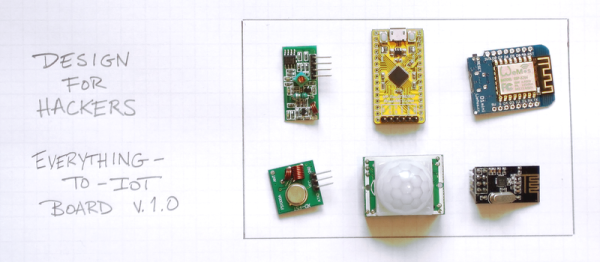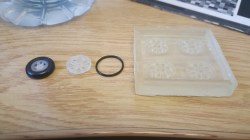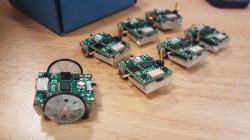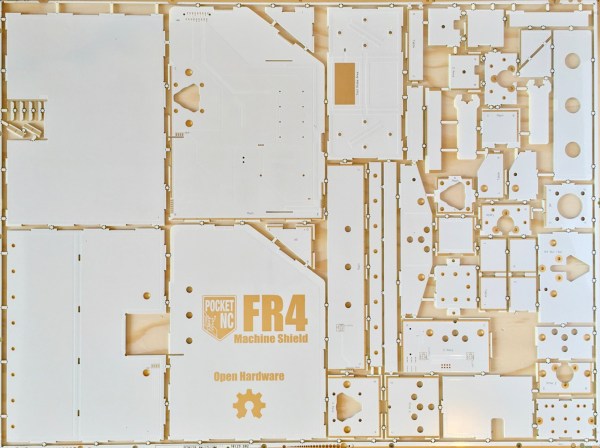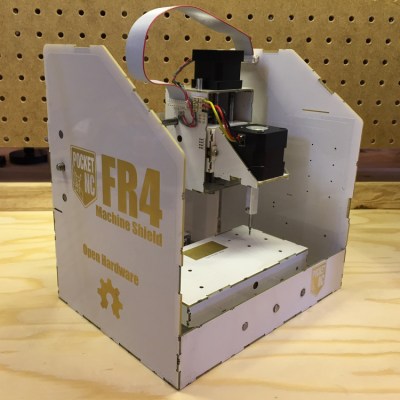We’ve been trying fit in a tour of the Pacific Northwest for a couple of years now. This week is a perfect excuse. Hackaday is proud to sponsor the Open Hardware Summit which will be held in Portland this Friday!
Hackaday believes in the free and open sharing of information and ideas. Open Hardware has far-reaching benefits that help to educate and inspire current and future generations of hardware developers. Open Hardware also works toward making difficult and important advancements in the state of the art available to people who have the skills and interest to incorporate them in their own work.
This is why we built Hackaday.io, the world’s largest repository of Open Hardware. It’s also why we support the Open Hardware Summit, which brings together the Open Hardware community to discuss what it means to be Open Source Hardware and how to encourage the incorporation of those ideals into new products and projects.
Tindie and Supplyframe are also sponsoring the OHS. Tindie is, of course, the best place to find bleeding edge hardware sold by the designers themselves. Tindie supports Open Hardware licenses and seeks to provide the best marketplace for products and their creators. Supplyframe creates cutting edge tools for engineers to build better. This year they launched the Supplyframe Design Lab which is packed with high-end rapid prototyping tools and staffed by a resident engineer; the lab unlocks the ability to turn great ideas into prototypes that can be followed all the way through to production and product. The goal is to unite all the things necessary to make great open hardware happen.
Bring a Hack at OSH Park
There will be a ton of Hackaday, Tindie, and Supplyframe staff at Open Hardware Summit, make sure you stop by our tables, say hello, and grab some swag. But of course we want to see the hardware hacks that you’ve been working on. There are a couple of different opportunities to track down [Brian Benchoff] and [Mike Szczys] who will be on the lookout for hacks to cover in our articles.
On Thursday night we’ll be at OSH Park Headquarters for their Bring A Hack party. There will also be a hardware hangout on Friday to close the day long Summit. We want to see what you’ve been building so don’t be shy!



